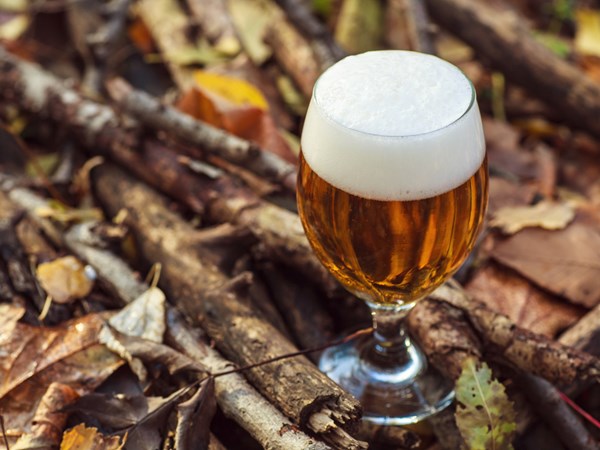Saving our bacon
Pigs are omnivores, they eat just about anything from plants to small animals. They have been kept by man for thousands of years, prized for their ability to thrive where other animals starved, and unlike many other farm animals almost the whole of their body is edible.
Hams from the legs can be salted and air-dried or smoked, other parts minced to be preserved in patés. Then of course, there is bacon, sausages, salamis, pancetta, or you could eat its liver, trotters, ears, or salt-dry its cheeks eaten as chaps. The head can be made into brawn and even the blood, thickened with oatmeal or barley can be used to make black pudding.
These cured, dried and salted pork products are generally known as charcuterie. Well preserved hams are relatively dry and much denser than the mass-produced varieties. Good ham uses meat from a pig that is at least seven months old, so that the flavour has time to mature. My favourite is dry cure ham which involves rubbing the pork with salt and saltpetre and sometimes sugar and spice, leaving it for a few weeks, washing and drying it, then hanging it to mature for months or years.
By contrast, fast-track hams, produced on a large commercial scale, tend to use pigs that are as young as four or five months old. Injected with brine, they often contain artificial flavours, preservatives and gelling agents to keep the water in and boost weight. Even one slice could be reconstituted from animals from two or three different countries, none of which will be in the UK.
Parma and Serrano air cured hams are the most famous examples readily available in supermarkets. Most are pretty awful though, with snow white fat and overly salted meat; a far cry from the real thing made with utmost care from artisan Italian and Spanish producers.
Independent retailers are clearly beating the big boys in their cheese offerings. The same cheese made by a respected producer can taste so much better when kept carefully by a cheesemonger who really knows what they're doing. The supermarkets don't have the knowledge, systems or facilities to lovingly care for artisan cheese and it's obvious in the taste. The same can be said of charcuterie.
Just as we have seen the growth of world beating cheese makers in the UK, charcuterie is following the same trajectory. But British producers are not being showcased in retail as much as they should, and connoisseurs are forced into ordering online, this is a real opportunity for delis and farm shops.
We're now beginning to produce our own stunning examples such as the salamis and chorizos made with rare breed pork by Cornish Charcuterie, carfted on their own farm. Lishman’s hot and spicy Nduja (spreading salami) is made in Ilkley, Yorkshire and packs a huge punch. Great Glen Charcuterie produce lean, lightly oak-smoked salami made with wild red deer, whole green peppercorns and a little spice. Capreolus are an award-winning Dorset charcuterie with a wonderful range including air dried beef and smoked mutton. Trealy Farm Charcuterie in Monmouthshire continue to innovate with interesting ingredient combinations including dark chocolate and blood sausage, as do Moons Green in Kent including their subtle and complex mushroom and truffle salami.
To find out more about the range of UK charcuterie visit Cannon and Cannon, a one stop shop for the best of British producers. All their suppliers use animals that are either free range or wild.
Sue Nelson




